 Old home on the Monaro---->
Looking for Blackfellas' Point by Mark McKenna
"The origins of this book lie at the intersection of two seemingly independent journeys: the author's personal journey to his new home at 'Blackfellas' Point' in the Eden-Monaro district of southern New South Wales, and a professional journey into the politics of history. Using his curiosity about the history of 'Blackfellas' Point' as the pivot, McKenna has produced a wise, balanced and significant history, both of the relations between Aboriginal people and settlers of the Eden-Monaro district, and of the regional and national forces at work in shaping the way we think about our past. The author surveys that history principally through case studies; for instance, through the examination of a settler's illustrated journal for what it reveals about early colonial ideas about Aboriginal people, a court case highlighting attitudes toward inter-racial sexual relations, or a dispute about Aboriginal housing in the assimilation days. It is a technique that works well, with each case illuminating an aspect of the historical
http://www.michaelorgan.u/list.htmorg.a
landscape once obscured" (ref).
Old home on the Monaro---->
Looking for Blackfellas' Point by Mark McKenna
"The origins of this book lie at the intersection of two seemingly independent journeys: the author's personal journey to his new home at 'Blackfellas' Point' in the Eden-Monaro district of southern New South Wales, and a professional journey into the politics of history. Using his curiosity about the history of 'Blackfellas' Point' as the pivot, McKenna has produced a wise, balanced and significant history, both of the relations between Aboriginal people and settlers of the Eden-Monaro district, and of the regional and national forces at work in shaping the way we think about our past. The author surveys that history principally through case studies; for instance, through the examination of a settler's illustrated journal for what it reveals about early colonial ideas about Aboriginal people, a court case highlighting attitudes toward inter-racial sexual relations, or a dispute about Aboriginal housing in the assimilation days. It is a technique that works well, with each case illuminating an aspect of the historical
http://www.michaelorgan.u/list.htmorg.a
landscape once obscured" (ref). Surrounding rich agricultural region.
Situated 306 km south of Sydney via the Princes Highway Moruya (population 2520) is a coastal town reliant upon timber, dairying, cattle, vegetables, fish, oysters and tourism for its sustenance.
Surrounding rich agricultural region.
Situated 306 km south of Sydney via the Princes Highway Moruya (population 2520) is a coastal town reliant upon timber, dairying, cattle, vegetables, fish, oysters and tourism for its sustenance. Inhabited either by the Bugelli-Manji Aborigines or the Wandandian tribe before white settlement the coast was first surveyed from Batemans Bay to Moruya by Thomas Florance in 1827. The following year Irish-born tailor Francis Flanagan (1780-1863) became the first resident landowner in the district after the limits of settlement were extended from Batemans Bay to the Moruya River.
Flanagan arrived in NSW in 1827 with capital enough to qualify for a grant but Governor Darling refused to grant land to a man of Flanagan's 'class'. After journeying to Ulladulla by boat Flanagan travelled overland with Aboriginal guides, building a family home at the site of present-day Mullenderee (2 km north of Moruya).
In 1830 John Hawdon took up the Kiora property, 4 km west of Moruya. He took it up as a squatting run and built a house there in 1836. Hawdon became an active figure in local affairs. He also owned and ran a transport ship, the Alligator, retiring to a site near Tuross Heads in the 1860s.
The first harbour in the area was established at Broulee as a dangerous sand bar at the mouth of the Moruya River caused difficulties for smaller ships and prevented access by larger ones. The Broulee area had been surveyed and gazetted in 1837 and land sales commenced in 1840 when a post office was opened, receiving mail weekly overland from Braidwood.
In 1840 Broulee became the site of the first court in the district and, the following year, was made the centre of a police district which covered the area from Jervis Bay to Eden. But Broulee's importance was short-lived. A flood washed away the particularly dangerous sand bar at the mouth of the Moruya River in 1841. In 1848 land was opened up for sale. A town site was surveyed and Surveyor Mitchell, a supporter of Aboriginal place names, wanted it called 'Mherroyah'; this supposedly being the Aboriginal word for 'resting place of black swans' which were very common in the district. Thus 'Moruya', or 'Mherroyah' was adopted when the town was gazetted in 1851.
That same year gold was discovered 60 km upstream at Araluen and on smaller creeks running into the river between Araluen and Moruya. The Araluen valley proved one of the richest goldfields in the county. Initially diggers disembarked at Broulee and walked to the site but, with the establishment of a new and improved road from Araluen to Moruya between 1856 and 1861, Moruya became the preferred service centre to the northern goldfields.
In 1859 the court was relocated, building and all, to Moruya, where it remained until the present courthouse was constructed in 1879. The Erin-go-Bragh Hotel was also shifted from Broulee Island to Campbell St, Moruya by Abraham Emmott who opened it as the 'Beehive' store. Emmott later set up his store elsewhere and used the old inn as his home, naming it 'Merlyn', until he could afford to build what was one of the first semi-detached houses in Moruya in 1875. 'Merlyn' was demolished in 1978 as part of the development of the new shire offices but the brick house survived and became the property of the Moruya Historical Society in 1975.
Moruya continued to prosper as a gateway to the goldfields.
Gold was mined at Wagonga in 1860s. Moruya is the nearest coastal town for Braidwood and Araluen, where our family of Pike, Ward , Kemp, Williams and others settled, mostly working in the gold industry.
Braidwood is a small historical town.






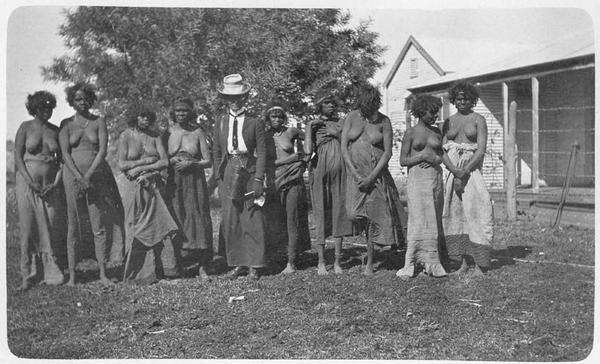



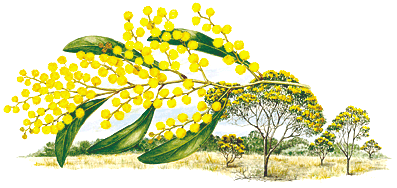


+copy.jpg)










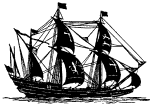





















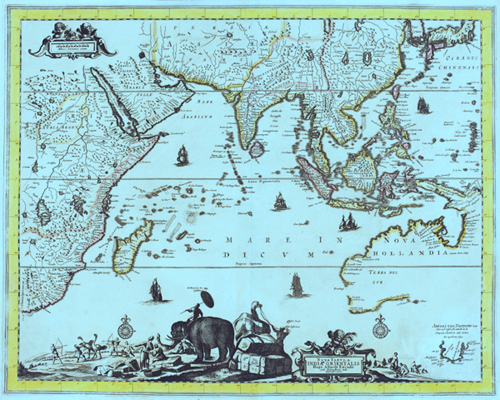

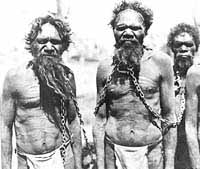
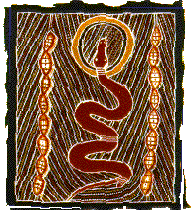


















.jpg)


























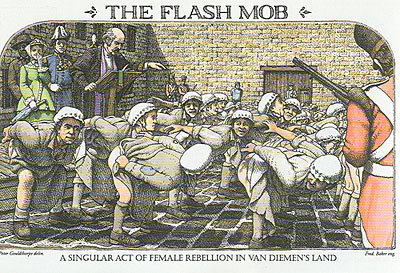
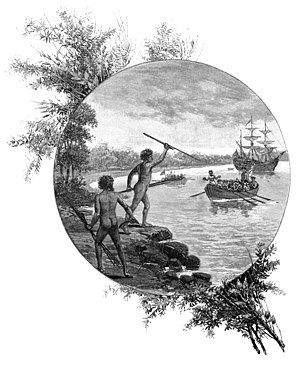 G
G







.jpg)
















No comments:
Post a Comment